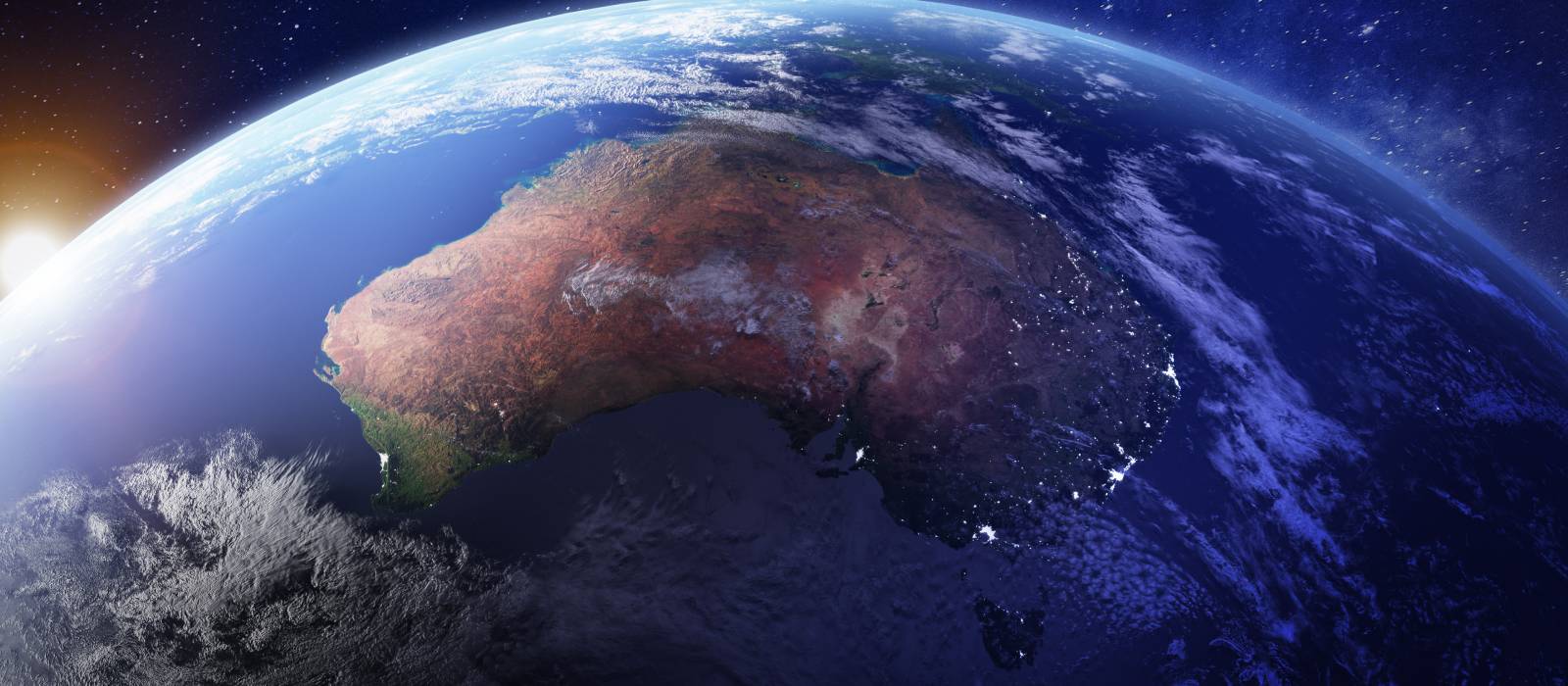Why the resilient Australian mining sector is primed for future growth

Australia’s resources sector has performed heroically through the challenging COVID-19 pandemic and opportunities for growth show no signs of stopping any time soon.
The Australian Government will continue to stand shoulder to shoulder with the sector in maximising these opportunities.
We should take every opportunity to thank the industry for what it has achieved throughout the COVID outbreak.
The sector has gone from strength to strength, surpassing forecasts and is performing better than it was pre-pandemic.
Resource exports exceeded $300 billion for the first time in 2021-22, after forecasts a year ago predicted the figure would be $240 billion. This incredible result is thanks to the working men and women of the resources sector.
"We should take every opportunity to thank the industry for what it has achieved throughout the COVID outbreak."
The sector employs 278,000 workers (as of June 2021), a higher level than before the pandemic – a remarkable performance.
And the government forecasts that the growth in both export values and volumes is set to continue.
This growth will naturally create further demands for labour in the mining sector.
The forecast for next year is for another record, $344 billion in exports, and that will mean more jobs and more opportunities for Australians and the country.
Rather than talking down the sector, as misguided ideological activists try, we should instead reflect on what the industry does, and what it does for our country – the opportunities it provides for our kids and the skills and training it provides.
Without the royalties from resources exports, worth over $15 billion in 2019-20, how do our state governments pay for the hospitals, the roads and schools and all the services we rely on?
In 2019-20 company tax for the resource and energy sector represented almost 30 per cent of total company tax collected in Australia – that’s $24.2 billion worth of taxation to support the Australian way of life.
Resources development across the country is vital.
The government will continue to support new resources development, including opening up new basins.
Work to explore five key regions for resources (including gas) under our Strategic Basin Plans Program is on track.
Our second Strategic Basin Plan is focussed on the North Bowen and Galilee Basins in central Queensland, with nearly $21 million of new funding in this budget to help the region get market ready.
The potential is enormous – worth billions of dollars and potentially creating over 5,000 new jobs in central Queensland.
Despite some headlines suggesting the contrary, coal will remain an important part of the world’s energy mix decades into the future. The International Energy Agency forecasts coal will remain as one of the largest sources of electricity in 2040.
Over the next 10 years, Australia will have a growing share of international coal trade.
Coal demand in developing countries, particularly in Asia, is projected to substantially increase to satisfy demand for electricity and industrial development.
While China's limits to steel production in an effort to reduce pollution may see iron ore exports fall, metallurgical and thermal coal demand will be far more resilient as Australia has strong trade relationships with Korea, Japan and India in these commodities.
Whether it’s for electricity or for making steel, there is demand for our high-quality coal.
There are challenges and that’s why the government committed $20.1 million in the 2021-22 Budget to a Global Resources Strategy.
This will identify new markets for our resource commodities and critical minerals, and facilitate opportunities for expanding trade with these markets.
Critical minerals development will also continue to go from strength to strength, given the ever-growing demand for battery metals such as cobalt, lithium, nickel, manganese and zinc.
The forecast for the size of the global market for lithium alone is about $400 billion by 2030. We want to be a part of this market, but so does everybody else – so we need to get it right.
Global battery manufacturers are seeking strategic partnerships as they look to secure stable supplies of critical minerals such as cobalt, lithium, nickel and manganese. Growth in the battery sector has also fuelled demand for Australian nickel, with new projects and expansions expected to increase Australia’s nickel exports from around 200,000 tonnes in 2020-21 to 256,000 tonnes in 2022-23.
"The forecast for the size of the global market for lithium alone is about $400 billion by 2030."
We do however have an advantage in our sizeable share of critical minerals resources.
Along with being the largest lithium producer in the world, Australia is also a top five producer of cobalt, manganese ore, rare earth elements, antimony, zirconium and titanium minerals sands, and has viable economic reserves for a number of other critical mineral resources.
But if we want to be competitive there are some things we have to get right: The cost of electricity, the cost of gas, availability of workforce, red and green tape.
I welcome AusIMM’s Lithium and Battery Metals Policy Paper released this month (September) and its recommendations for the industry.
Copper prices are surging with exports valued at about $11.4 billion in 2020-21, forecast to increase over the next 12 months to over $14 billion. This is driven largely by an economic recovery and growing demand for copper in renewable energy technology and battery storage.
Copper is expected to play an important role in the future of energy, and Australia is well-placed to cater to this demand.
There is a real opportunity for Australia and the government to back a winner by getting right behind the sector. I know where I stand.